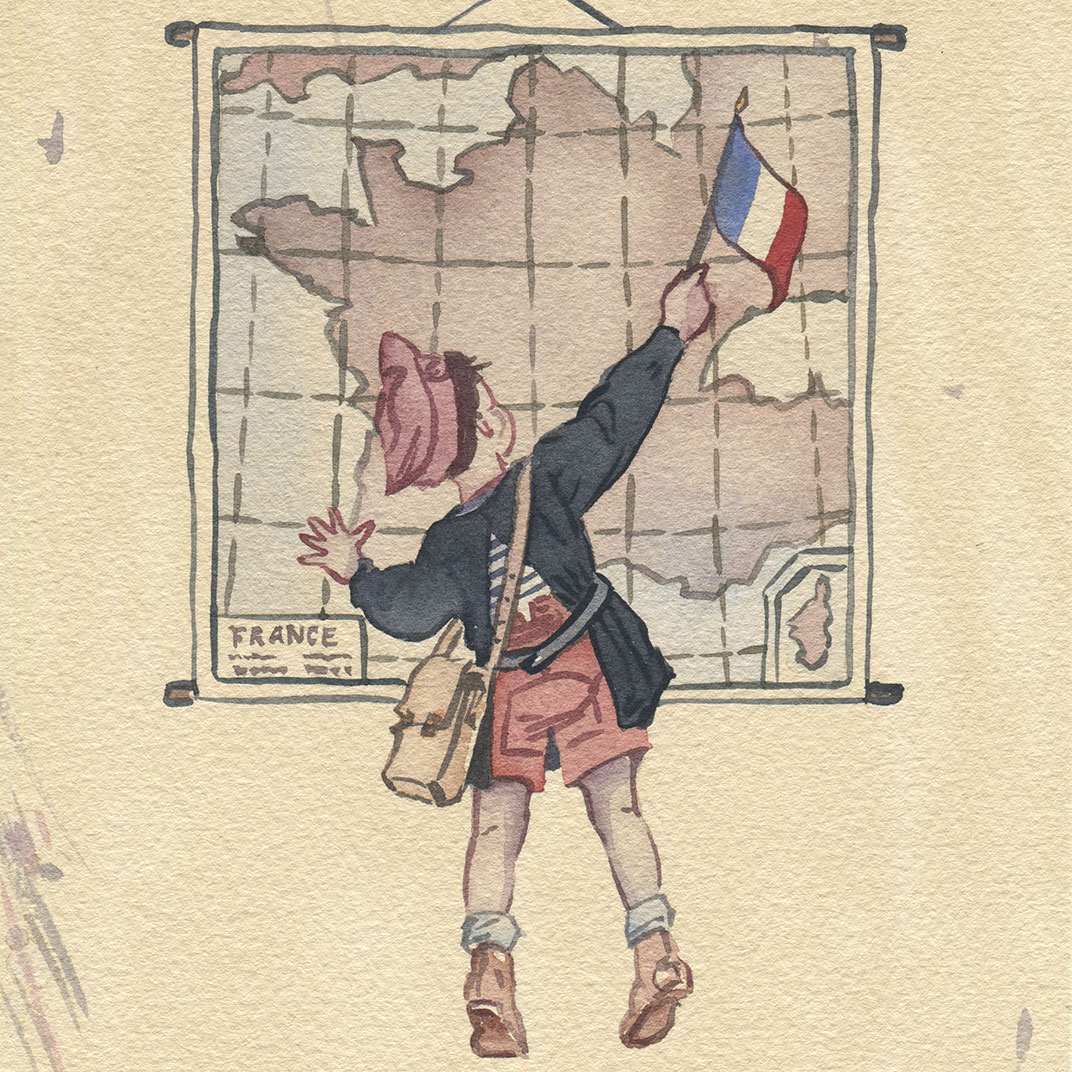|
The coming of the tractor made it possible for the farmer to do more work, but not better. And there comes a point, as we know, when more begins to imply worse. The mechanization of farming passed that point long ago — probably, or so I will argue, when it passed from horse power to tractor power - Wendell Berry, The Unsettling of America; Culture & Agriculture, 1977  I used to think that my obsession for Germanic mythology, with its various branches leading to the First and Second World Wars, ended with the completion of my book Back to Nature in Germany, 2015. It didn’t, ho-wever. It seems as though the muddiness and ambiguities of history continue to incessantly draw my attent-ion – continually making itself known through my images of now dead individuals who, like phantoms, still influence our time through their history.
I used to think that my obsession for Germanic mythology, with its various branches leading to the First and Second World Wars, ended with the completion of my book Back to Nature in Germany, 2015. It didn’t, ho-wever. It seems as though the muddiness and ambiguities of history continue to incessantly draw my attent-ion – continually making itself known through my images of now dead individuals who, like phantoms, still influence our time through their history.In the exhibition ALLEMAGNE, ABSINTHE, ARCHITECTURE, I have portrayed Le Corbusier and the Vichy regime’s head of state, Marshall Philippe Pétain. Le Corbusier – a man of questionable morals who loyally supported the German-backed Vichy regime – is seen by many as the great innovator and modernist of twentieth century architecture. I once came across a bizarre photograph of Adolf Hitler meeting Santa Claus at some formal gathering and receiving a sword as a present. The image appears comical and ridiculous – but it also brings to mind Han-nah Arendt’s ideas regarding the banality of evil. There is a well-known photograph of Adolf Hitler and the Third Reich’s leading architect Albert Speer standing with the nationalist sculptor Arno Breker in front of the Eiffel Tower in 1940. Together they comprise a dubious trinity of men with cultural ambitions in the mythical Paris of the arts. But there is a vaguely ominous aspect to the photograph that fascinates me – perhaps it is the knowledge of what was to follow as the storm was unleashed upon the world. I have often been interested in culture and the morals of its ambassadors. This has existed as an under-current in my works, albeit not always directly visible or obvious. The viewers must themselves discover what lies among the image layers and labyrinthian thought patterns through a historical image archeology of sorts. The exhibition also includes a number of paintings reminiscent of propaganda posters that are actually more confusing than elucidating; the form is clear and precise, while the content is anarchistic and more intent on evoking the sentiment of an era – as a challenge, an appeal. They refer in some sense to the conservative anarch Ernst Jünger, who while stationed in Paris during the occupation years, socialized with both Picasso and the writer Jean Cocteau. War has its own architecture in the form of fortification – a close relative of functionalism, only purer and more functional. An elevation of total function. The exhibition features three large paintings with motifs bor-rowed from military architecture and the functionalities of war: the first depicts a battleship, canon turrets and bunkers. I started this one with the French philosopher and cultural theorist Paul Virilio’s book, Bunker Archéologie, in the back of my mind, where Virilio examines the bunker ruins among the fortifications of the Atlantic Wall using his own photographs and essays. These ghost-like ruins lie buried as sleeping primordial beasts along the French coast and remind us of man’s destructive, albeit creative, power. Another painting consists of a collage of Albert Speer’s various structures built for the Nazi regime. The pain-ting has become a new house, a Babel’s Tower of sorts. The last of the large paintings builds upon Le Cor-busier’s architectural drawings of houses. There is a duality to him that interests me – he was a transformer of society and modernist who had a clear vision of an ideal world. Yet here I get the feeling that man is ex-pected to yield not only to architecture and engineering but also to modernity. Oddly enough, most of his buildings that still exist today evoke in me the feeling of romantic nostalgia and that time has basically stood still. These paintings discuss the nature and aesthetics of war and the creative man’s contribution to this history. Are we living in End Times? It certainly feels like it, but I don’t know – in those instances when I become inte-rested in the present, I often take a detour through history and find myself stuck in the past. |